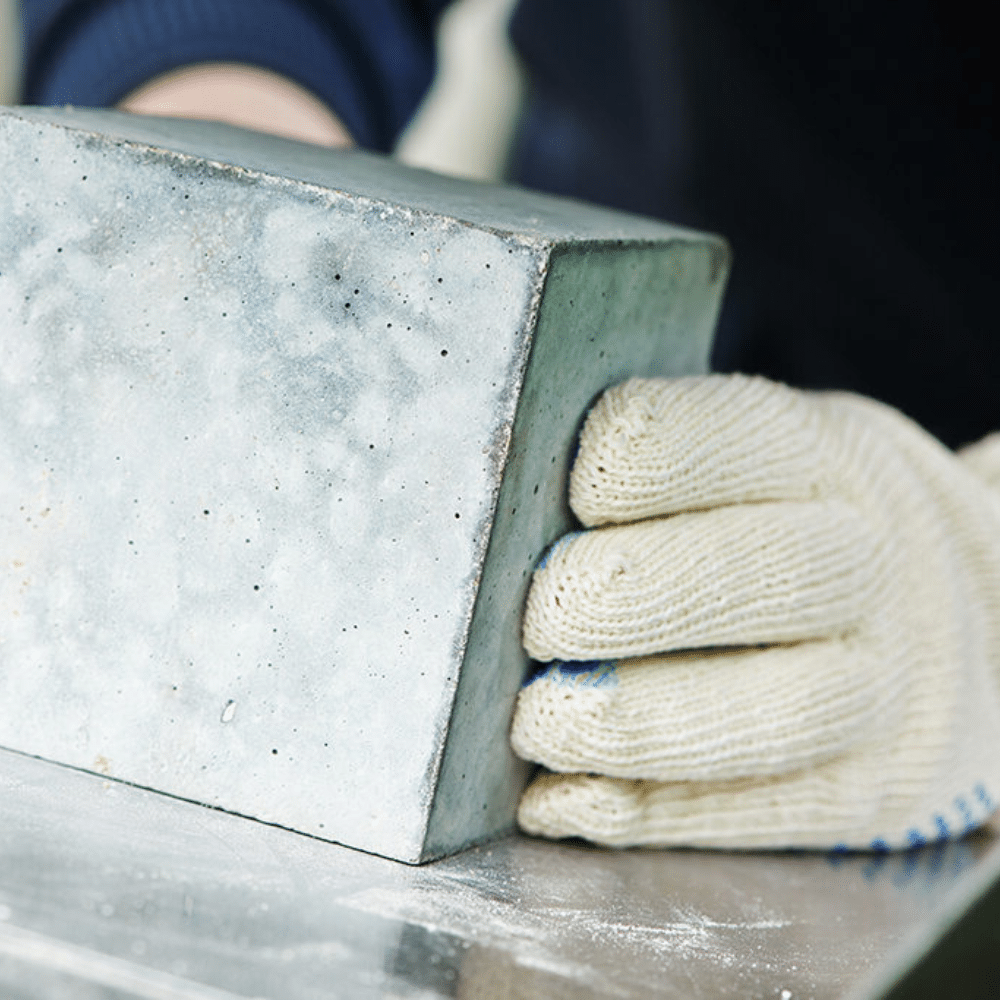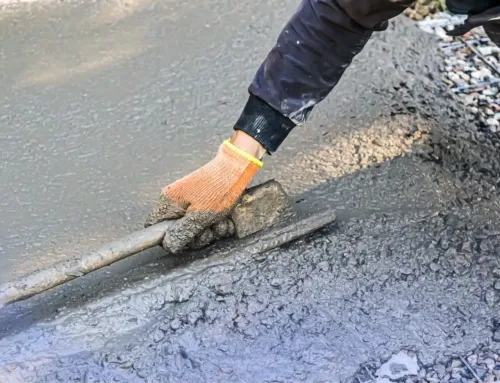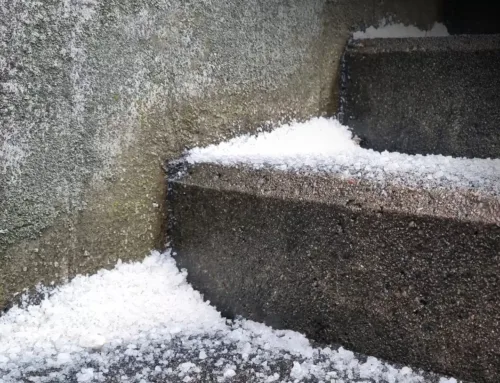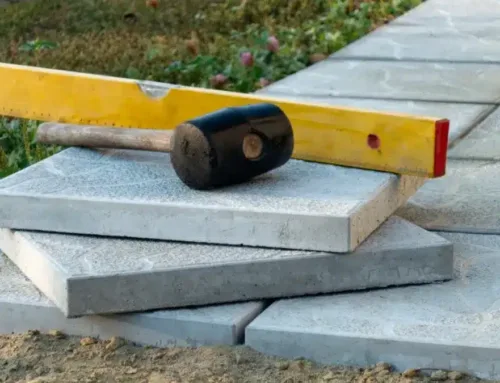When it comes to assessing concrete structures, long-term performance is crucial. Whether you’re evaluating existing structures or planning new construction, understanding how concrete will hold up over time is essential. This is especially true for residential and commercial projects where durability and safety are paramount. If you’re searching for concrete raising companies near me, it’s likely because you understand the importance of maintaining the integrity of your concrete surfaces. Here’s why long-term performance should be a key consideration in your concrete assessments.
The Importance of Longevity in Concrete Structures
Concrete is known for its strength and durability, but it’s not immune to wear and tear. Factors such as weather conditions, load stress, and chemical exposure can all contribute to the gradual degradation of concrete. Long-term performance refers to how well a concrete structure can withstand these factors over an extended period.
For instance, if your concrete driveway or foundation begins to crack or settle, it could lead to more significant problems down the road, such as water infiltration or structural instability. By considering the long-term performance of your concrete, you can avoid costly repairs and ensure that your structures remain safe and functional for years to come.
Key Factors Affecting Concrete Longevity
Several factors influence the long-term performance of concrete:
- Quality of Materials: The strength and durability of concrete heavily depend on the quality of the materials used in its composition. High-quality cement, aggregates, and proper water-to-cement ratios are critical for achieving long-lasting concrete structures.
- Proper Installation: Even the best materials can fail if not installed correctly. Proper mixing, pouring, and curing techniques are essential for ensuring that the concrete sets correctly and achieves its full strength potential.
- Environmental Exposure: Concrete structures exposed to harsh weather conditions, such as freeze-thaw cycles, heavy rain, or extreme temperatures, are more prone to degradation. Protective measures, such as sealants and proper drainage, can help mitigate these effects.
- Load-Bearing Capacity: The amount of weight and stress a concrete structure is expected to bear plays a significant role in its longevity. Overloading or improper load distribution can lead to cracking, settling, or even catastrophic failure.
Why Professional Assessment Matters
Professional concrete assessment is vital for identifying potential issues before they become significant problems. Experts in the field have the knowledge and tools necessary to evaluate the condition of your concrete structures and recommend appropriate solutions.
For instance, if you notice uneven surfaces, cracks, or water pooling around your concrete, it may be time to consult with a professional. Concrete raising, also known as slab jacking, is a common technique used by companies to level sunken concrete surfaces, restoring both functionality and appearance.
Conclusion
When evaluating concrete structures, considering long-term performance is essential for ensuring durability and safety. By understanding the factors that influence concrete longevity and working with experienced professionals, you can extend the life of your concrete surfaces and avoid costly repairs in the future. If you’re in need of concrete assessment or repair, searching for concrete raising companies near me is a great first step towards maintaining the integrity of your property. Investing in the long-term performance of your concrete today will pay off with years of dependable service and peace of mind.





